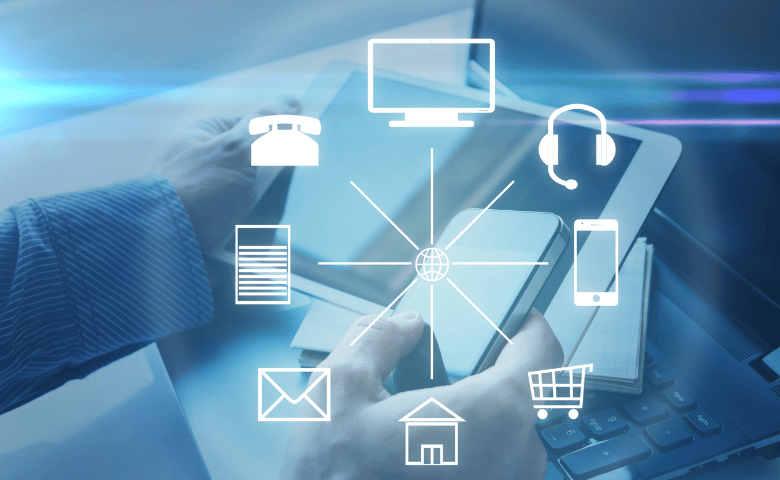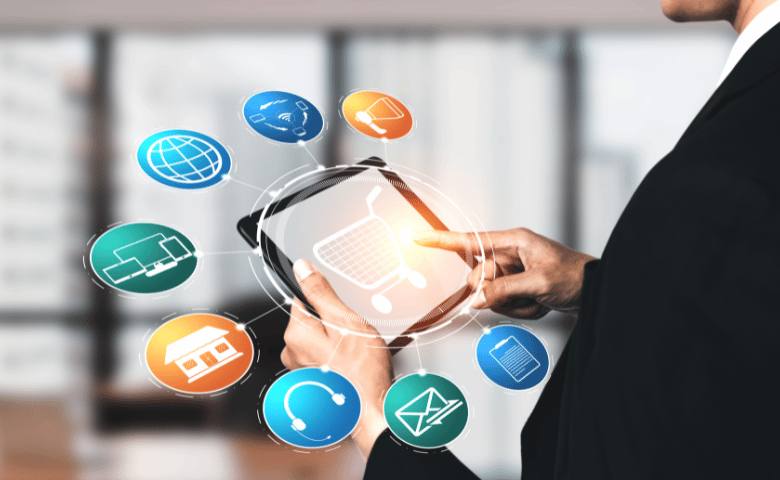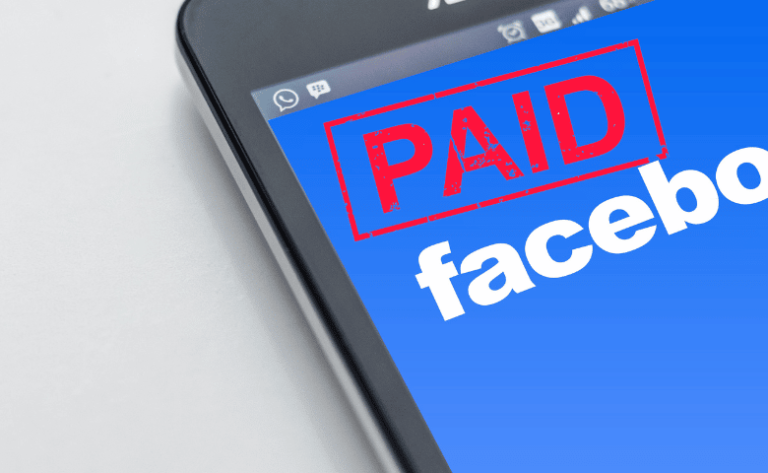Generating leads is essential for any business- no matter how big or small. Without leads, you can't possibly make any sales and without sales, your business will ultimately fail. So how do you go about generating leads? In this article, we'll explore some of the best marketing strategies to generate leads. What Is A Lead? A lead is simply an individual who has shown interest in your company or product in some way, shape, or form. This could be anything from signing up for a newsletter to requesting a product demonstration. The key here is that the lead has taken some kind of action that indicates they’re interested in learning more about what you have to offer. There are a number of ways to generate leads, but the most common methods include: Content marketing (such as blog posts, eBooks, and webinars) Search engine optimization (SEO) Online advertising (such as display ads and pay-per-click ads). Once you’ve generated a list of leads, it’s then up to your sales team to convert them into paying customers. While the term “lead” may seem simple enough, it’s important to understand the different types of leads and how they can impact your business. Also Read: Lead Targeting – Success Of Any Business Types Of Leads Now that we’ve gone over what a lead is, let’s take a closer look at the different types of leads. Information Qualified Lead (IQL) Information qualified leads (IQLs) are people who have been identified as having a specific interest in your product or service. This can be based on their interactions with your brand, such as visiting your website or subscribing to your newsletter. IQLs represent a key step in the sales process, as they provide sales teams with high-quality leads that are more likely to convert into customers. While IQLs may require more effort to cultivate than other leads, they can ultimately result in higher sales and better ROI for your marketing campaigns. As such, identifying and targeting IQLs should be a key part of your marketing strategy. Marketing Qualified Lead (MQL) A Marketing Qualified Lead (MQL) is a lead that has been identified by marketing as having a higher than average chance of becoming a paying customer. MQLs are typically generated through marketing activities such as webinars, content downloads, or free trials. Once a lead has been identified as an MQL, it will be handed off to sales for further nurturing and follow-up. However, the criteria for an MQL can vary from company to company. By definition, an MQL must be more likely to convert than a standard lead, but they are not yet ready to make a purchase. The goal of marketing is to generate a steady stream of high-quality MQLs that can be passed on to sales and Eventually converted into customers. Sales Qualified Lead (SQL) A sales-qualified lead (SQL) is a prospect that has been vetted by the sales team and is determined to be ready for purchase. SQLs are typically generated through marketing initiatives, such as webinars, gated content, or demo requests. Once a lead has been identified as a potential customer, the sales team will work to further qualify the lead by assessing their budget, authority, need, and timeline (BANT). If the lead meets all of the criteria, it will be marked as an SQL and handed off to the sales team for further nurturing and eventually closing. As a result, generating quality SQLs should be a top priority for any organization looking to increase sales. Understanding Buyer's Journey The buyer’s journey is the process that buyers go through when making a purchase. It’s important to understand this journey so you know what type of content and offers to provide at each stage in order to move the buyer closer to a purchase. The buyer’s journey has three stages: Awareness Consideration Decision Awareness Stage The awareness stage is when the buyer becomes aware of their problem or need. They will start to do research on possible solutions and begin to educate themselves on the options available. At this stage, buyers are not ready to purchase, but they are starting to narrow down their options. It’s important to provide educational content that will help the buyer understand their problem and the possible solutions. This content should not be too sales-y, but rather provide value and help the buyer move to the next stage in their journey. Consideration Stage The consideration stage is when the buyer has a good understanding of their problem and is now evaluating the different options available to them. At this stage, it’s important to provide content that will help the buyer understand your product or service and how it can solve their problem. You should also provide case studies, testimonials, and free trials to help the buyer make their decision. It’s also important to remember that buyers at this stage are still not ready to purchase, so don’t be too pushy with your sales pitch. Decision Stage The decision stage is when the buyer has decided on a solution and is now ready to purchase. At this stage, you should provide content that will help the buyer understand the features and benefits of your product or service. You should also provide pricing information and any special offers that you may have. It’s important to remember that buyers at this stage are ready to purchase, so you can be more direct with your sales pitch. By providing value at each stage, you will be able to move buyers through the funnel and increase the likelihood of converting them into customers. What Is Lead Generation? Lead generation is the process of generating leads, or potential customers, for your business. There are a number of different ways to generate leads, including content marketing, social media marketing, search engine optimization, and paid advertising. It’s important to note that not all leads are created equal. Some leads may be more qualified than others, which is why it’s important to have a clear understanding of




